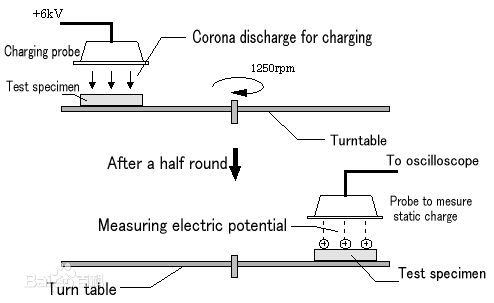Tensile test of steel pipe
Tensile test of steel pipe
The tensile test of steel tubes is a test method for determining the characteristics of steel tubes under axial tensile load. The elastic limit, elongation, modulus of elasticity, proportional limit, area reduction, tensile strength, yield point, yield strength and other tensile properties of steel tube can be determined by the data obtained from tensile test.
Creep data can be obtained from tensile tests at elevated temperatures.The steps of steel tube tensile test can be seen in ASTM E-8 standard.
Tensile test
The test of a series of characteristics of steel tube under tensile load is also known as tensile test. It is one of the basic methods for testing the mechanical properties of steel pipes. It is mainly used to check whether the steel pipes meet the prescribed standards and to study the properties of the materials.
Performance index
Steel tube tensile tests can be used to determine a series of strength and plasticity indexes of steel tubes. Strength usually refers to the ability of steel pipe to resist elastic deformation, plastic deformation and fracture under external force.
Tensile strength
When the steel tube is subjected to tensile load, the phenomenon that plastic deformation continues to occur without increasing the load is called yield. Yield stress is called yield point or physical yield strength. In engineering, there are many materials without obvious yield point, and the stress value of 0.2% residual plastic deformation produced by steel tube is usually regarded as yield strength, which is called conditional yield limit or conditional yield strength.
The maximum stress value of steel pipe before breaking is called tensile strength or strength limit.
Steel pipe plasticity
Plasticity refers to the ability of steel pipe to produce plastic deformation without failure under load. The commonly used plastic indexes are elongation and section shrinkage.
1. Elongation, also known as elongation, refers to the percentage of the total elongation to the original length ratio of the steel tube material specimen after fracture under tensile load.
2. Section shrinkage ratio is the percentage of the area reduced by the section to the area of the original section of the steel tube specimen after being pulled apart under tensile load.
NOTE:Yield strength, tensile strength, elongation and section shrinkage are the four performance indexes which are often measured in tensile test.
In addition, the elastic modulus, proportional limit and elastic limit of the steel tube can be determined.

Test method
The steel tube tensile test is carried out on the material testing machine. The testing machine has mechanical, hydraulic, electro-hydraulic or electronic servo type.
The specimen preparation of steel tube should avoid the influence of cold and hot working on the microstructure of the material, and ensure a certain degree of smoothness.
During the test, the test machine evenly draws the steel pipe sample at a prescribed rate, and the test machine can automatically draw the drawing curve. For low carbon steel tube and other plastic materials, when the specimen is stretched to the yield point, the force measuring pointer has obvious jitter, and the upper and lower yield points can be separated. When calculating, the elongation and section shrinkage of the steel tube can be often taken to connect the specimen after fracture, and the elongation and section shrinkage can be measured and calculated.
